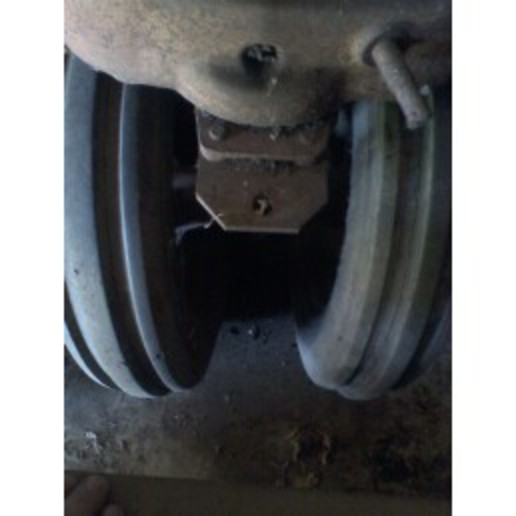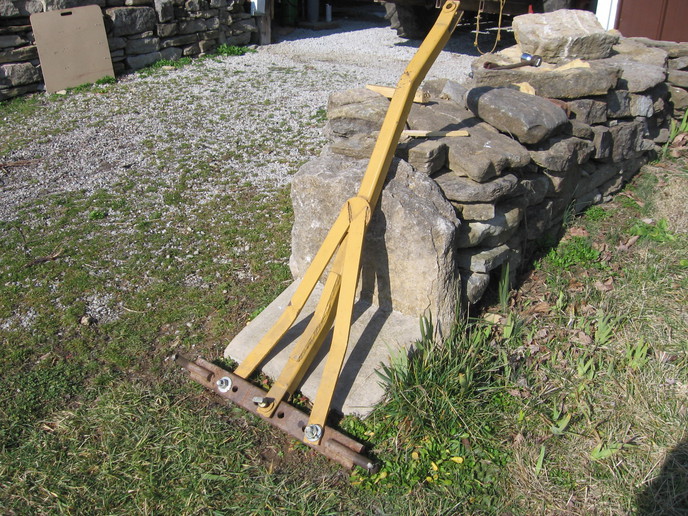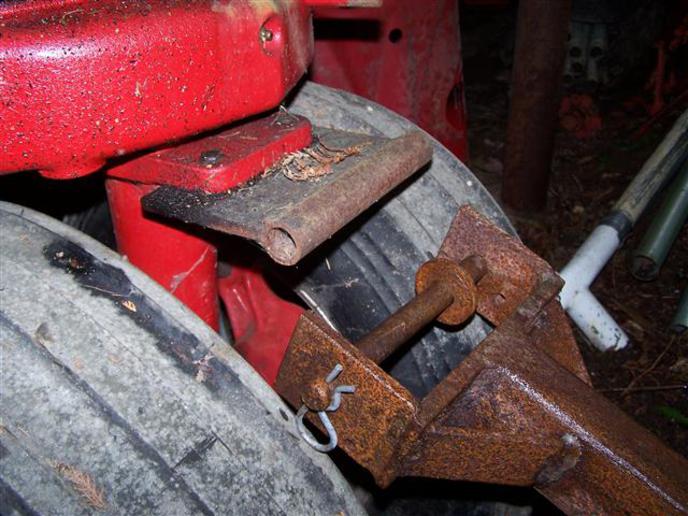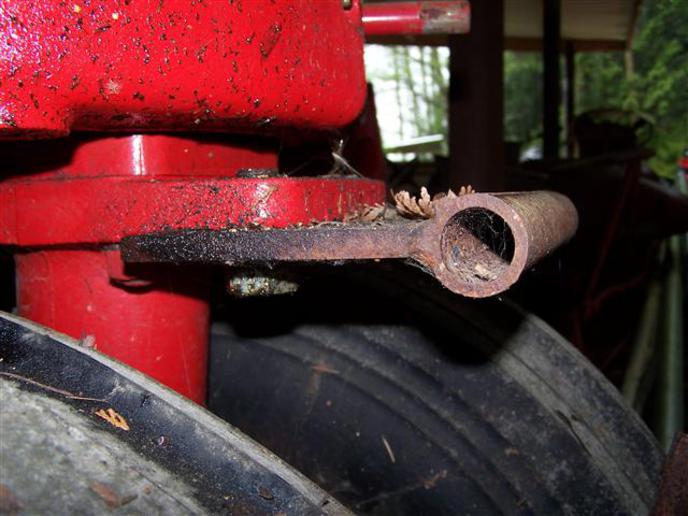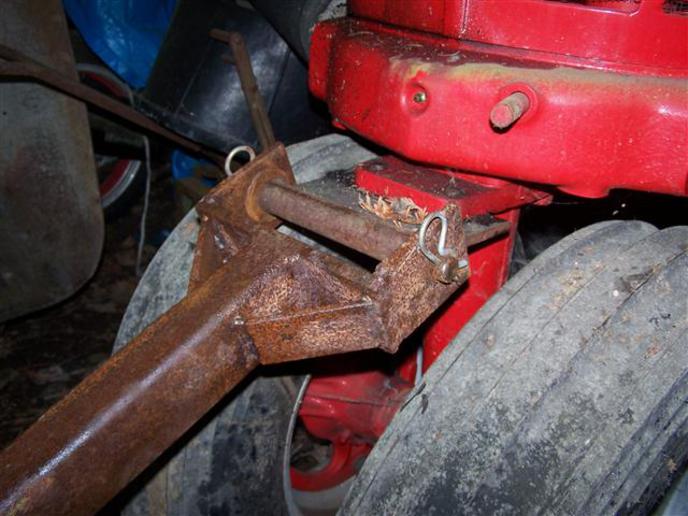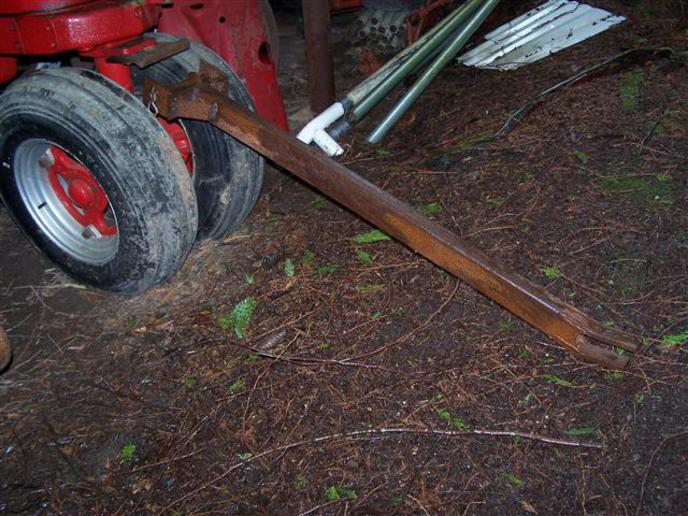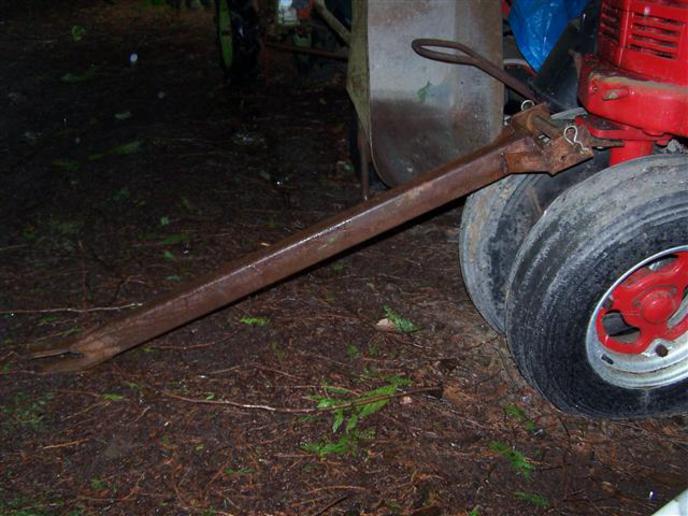Zachary Hoyt
Well-known Member
I am back to thinking about something I have wondered about before, which is whether it is (A)possible and/or (B)very stupid to bolt something to the two holes in the bottom of the NF on an H such that it can be towed by another tractor. I am picturing a piece of box steel or C channel for a tongue and a 5/8" bolt to make a pivot so that the tongue can be moved up and down, like a hay wagon tongue. This would be handy when my H needs to be towed (which hasn't happened for a while), and it would also be handy if I do win the bid on the 300 at the auction in a couple of weeks. The auction is about 6 miles away over fairly flat roads, and if I was using the towing apparatus here it would be on rough ground, but at a very slow speed. I believe that it should not be possible to turn the front wheels with a tongue, since it a worm gear being driven by a normal gear, but I have definitely felt at times like the steering wheel was being turned by the front wheels while on rough ground, so I do not know what to think. Any advice will be much appreciated.
Zach
Zach


